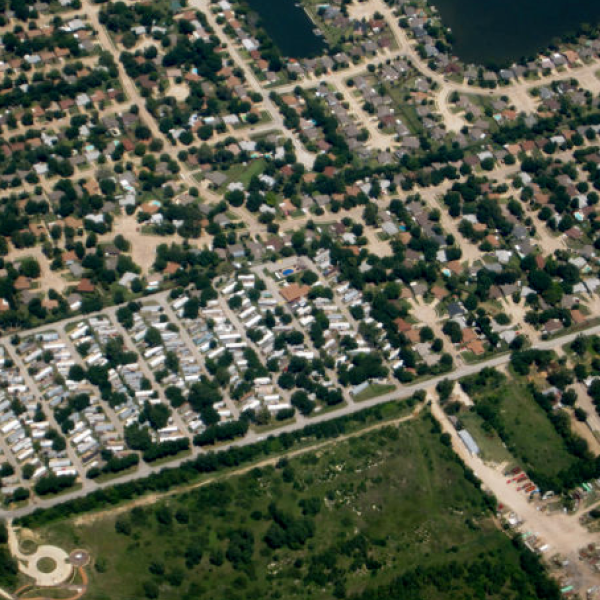Addressing the Middle Class Housing Crisis

Changes in the economy have resulted in more people choosing to rent than to buy. However, rising demand and limited supply have created a barrier for Americans who are seeking just the right apartment. Take a look at a handful of statistics that might surprise you:
Homeownership in 2016: 63.5% (vs. 69% in 2004)
Renters in 2016: 116 milllion people (vs. 91 million in 2004)
Average student loan debt in 2015: $35k (vs. $10k in 1993)
Median household income in 2016: $53K (allows $1300/mo for housing using 30% test)
So what does all of this mean for renters, and for investors?
The upshot is that renting is a financial necessity for many middle class individuals. However, even though more Americans are choosing to rent, they aren’t satisfied with the selection. Newer, downtown properties are don’t always meet location needs (or price ranges) for families, and the properties in more desirable suburban areas tend to be of an older vintage. Unfortunately, stricter zoning limits the possibility of building affordable units in these areas.
The solution to this problem is to renovate the existing properties in suburban areas. By improving the design and feel of these properties, and adding amenities that renters have come to expect, we can increase the appeal of properties that might have once been overlooked. It’s a win-win for middle class apartment dwellers, and for investors.
The original article can be found here.





















